The Speed humps is also known as speed bumps, road humps, or undulations, are a type of traffic calming device used to reduce vehicle speeds on roadways. They are typically used in areas with high pedestrian activity or where speeding is a common problem.
Features of Speed humps:
Function:
- Traffic Calming: The speed humps create a vertical obstacle on the road that forces drivers to slow down as they pass over it. This helps to reduce vehicle speed and improve safety, especially in areas with vulnerable road users like pedestrians, cyclists, or children.
Design:
- Shape: Generally, it is parabolic or rounded in shape. This is creating a gradual incline and decline for vehicles to traverse. This design helps to ensure a smoother ride compared to speed breakers. They have a sharper incline and decline.
- Dimensions: Standardized specifications exist for speed hump dimensions, although there can be some variations depending on the desired speed reduction and traffic volume. They are generally lower in height (around 3-4 inches) compared to speed breakers and have a longer length (12-14 feet) to allow for a gradual incline/decline.
- Material: These can be made from various materials like asphalt, concrete, rubber, or even metal. The choice of material depends on factors like durability, cost, and noise considerations.
Benefits:
- Reduced Speed: The primary benefit is their effectiveness in reducing traffic speeds, leading to a safer environment for pedestrians, cyclists, and motorists alike.
- Relatively Low Cost: These are generally less expensive to install compared to other traffic calming measures like chicanes or roundabouts.
- Easy Maintenance: They require minimal maintenance compared to some other traffic calming devices.
Considerations:
- Vehicle Discomfort: While designed for a smoother ride than speed breakers, driving over speed humps can still cause some discomfort or require slowing down significantly.
- Emergency Vehicles: They can slightly slow down emergency vehicles responding to calls.
- Drainage: Improper drainage around speed humps can lead to water pooling, so proper installation is crucial.
- Not a Universal Solution: The speed humps might not be suitable for all roads, especially high-speed traffic areas.
- The delineators and reflector is possess exceptional reflectivity and serve the purpose of enhancing visibility while alerting individuals about potential hazards.
Alternatives:
In some cases, depending on the specific road conditions and traffic patterns, alternative traffic calming measures might be considered:
- Speed Cushions: Speed cushions are shorter lengths and closer spacing, creating a more frequent but gentler speed reduction effect.
- Speed Tables: Elevated sections of road that slow down traffic but allow for smoother passage compared to speed humps.
- Chicanes: Roads with a series of curves or bends that naturally slow down traffic.
- Roundabouts: Circular intersections that control traffic flow and often reduce speeding.
The appropriate traffic calming device selection depends on factors like the desired speed reduction, traffic volume, road type, and surrounding environment.
- The main purpose of the speed humps sign is to warn road users travelling in a slow speed
- Speed humps standard size are usually 3 to 4 inches tall and 12 to 14 feet wide, with a ramp length of 3 to 6 feet, depending on the desired speed reduction. They help decrease speeds to 15 to 20 mph and are commonly referred to as “bumps” on signs and by the general population.
- We are speed humps suppliers in Pakistan
- The rubber speed bump is offered in top-notch quality at a competitive price.
Summary: The speed humps are a common and effective way to reduce traffic speeds and improve safety in areas with a high risk of speeding or where pedestrians and cyclists are present. Their design offers a balance between speed reduction and driver comfort.


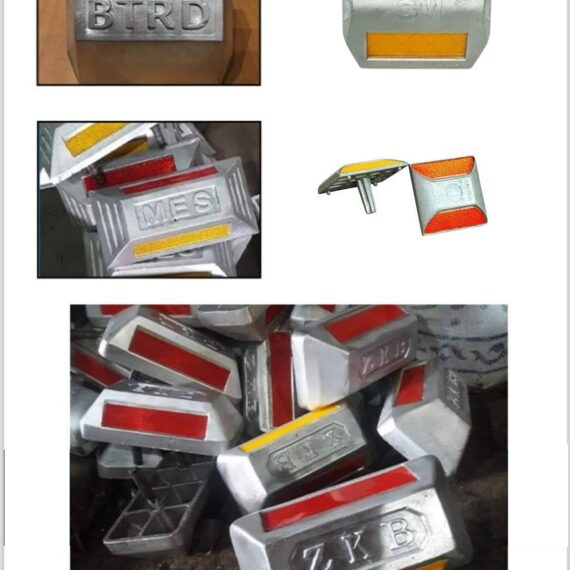
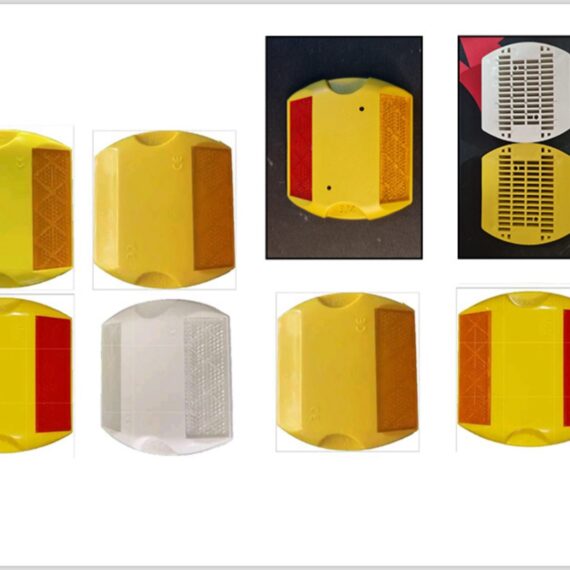
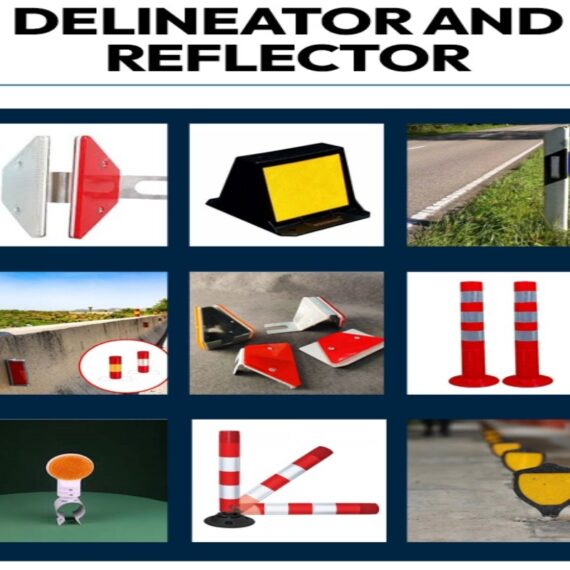
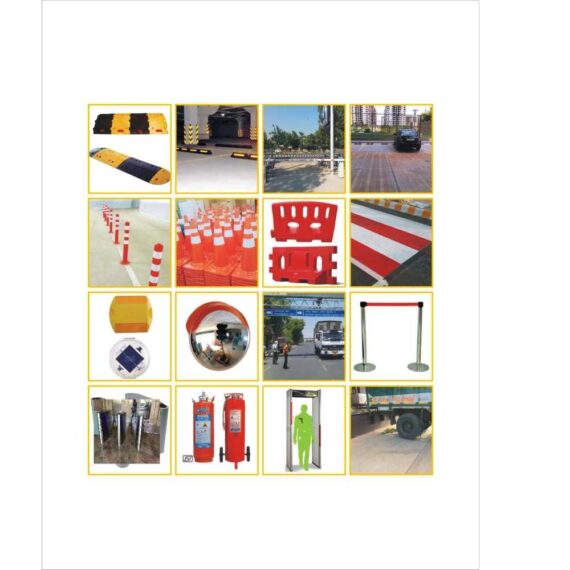
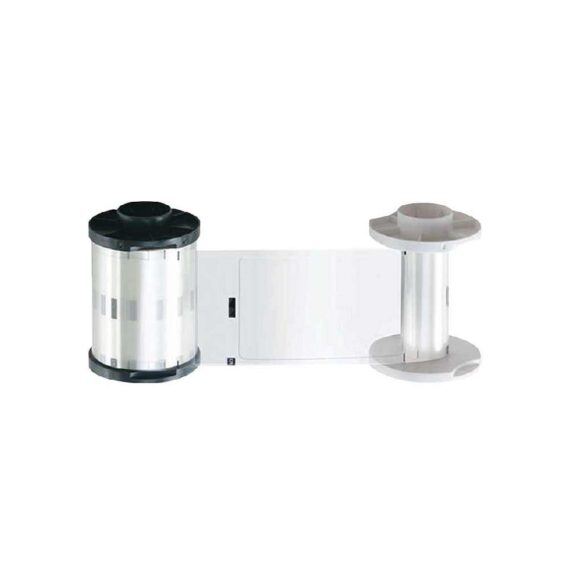

Reviews
There are no reviews yet.